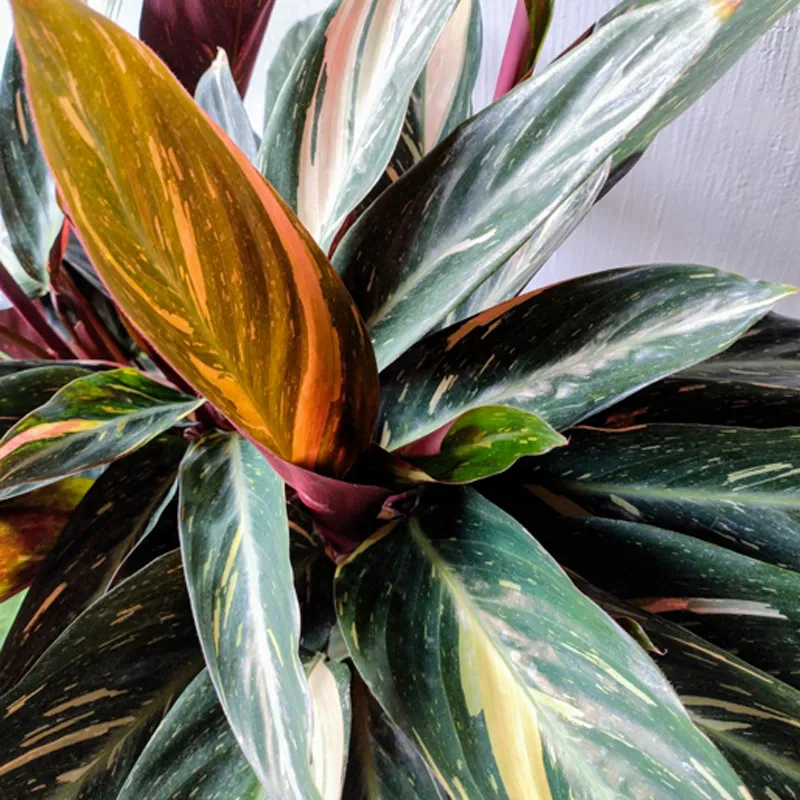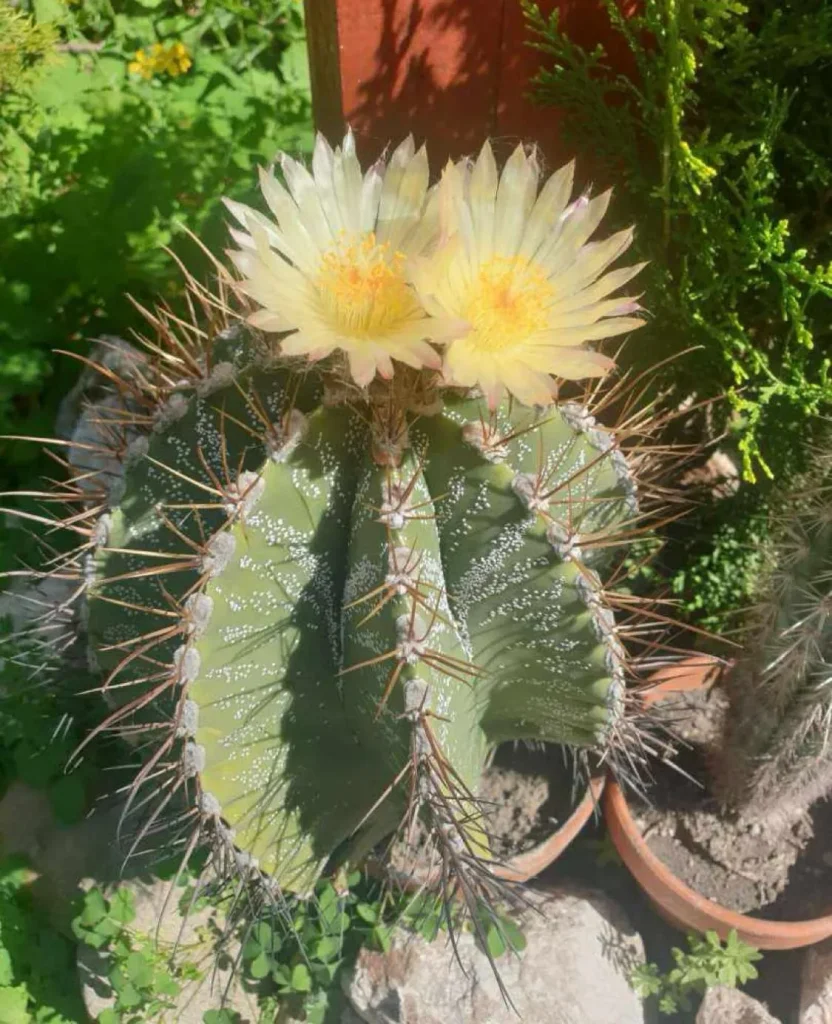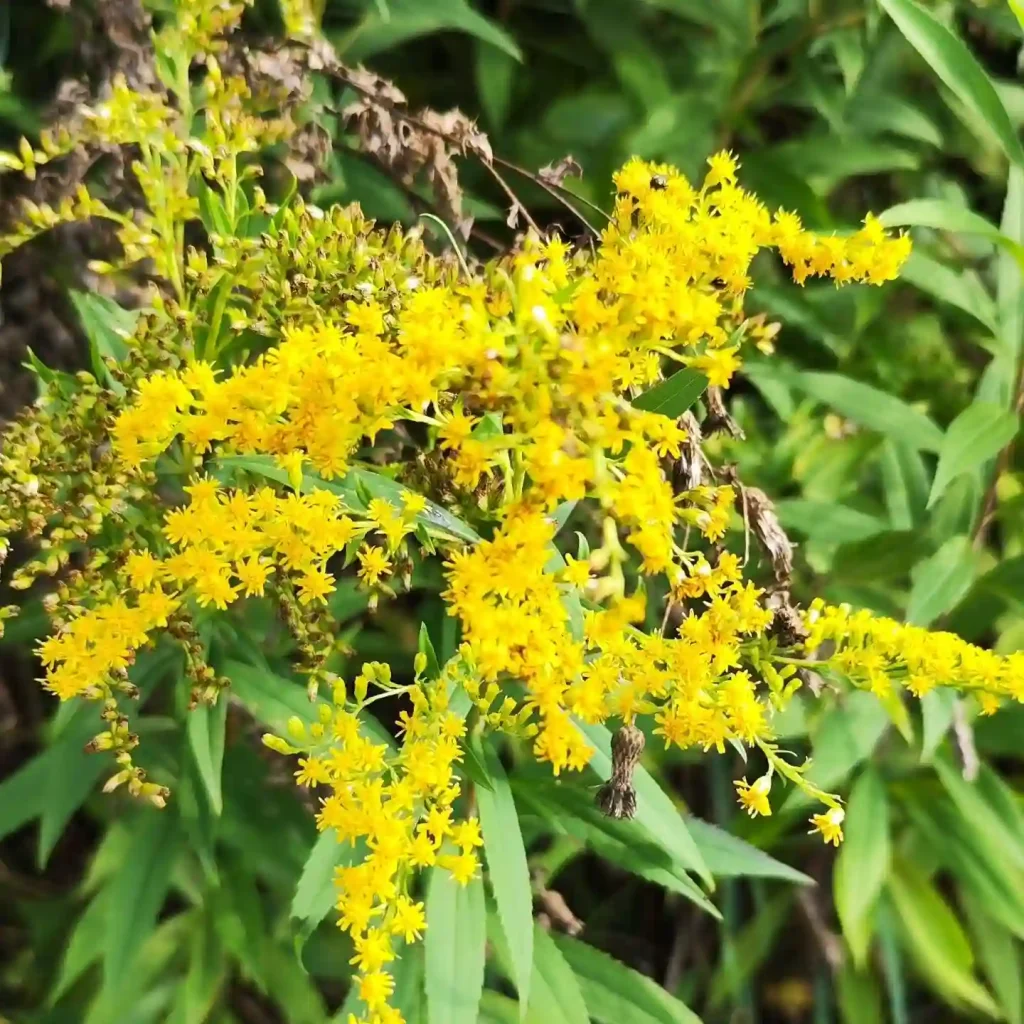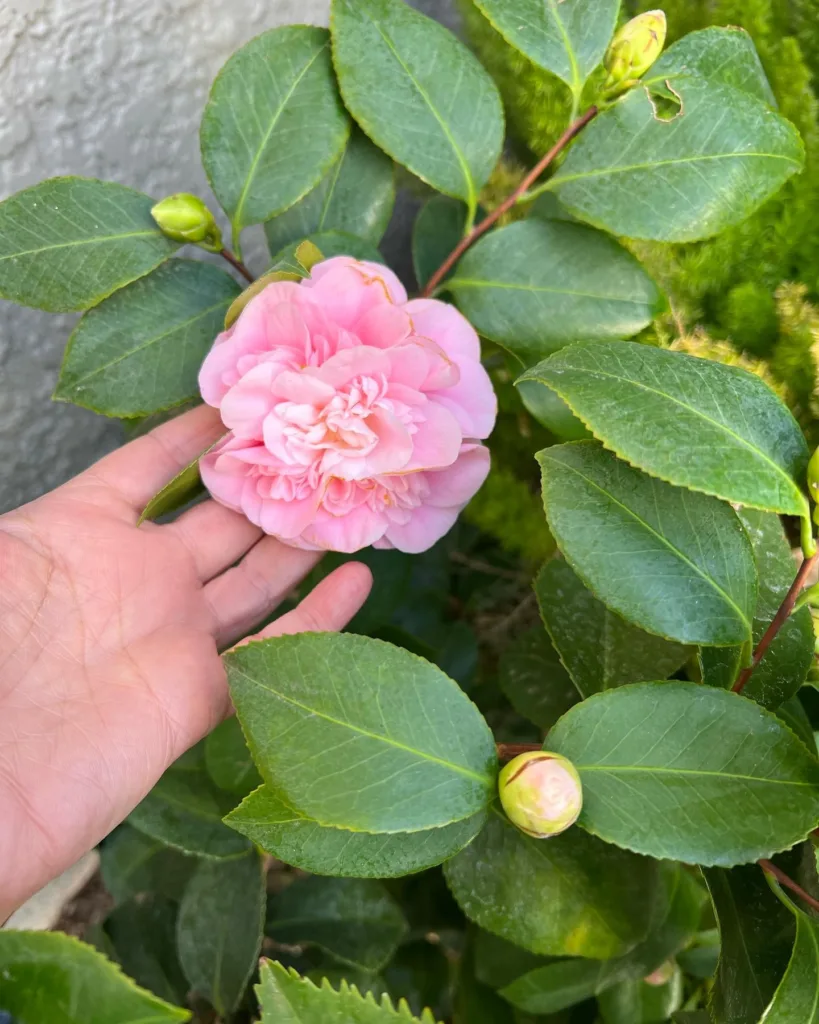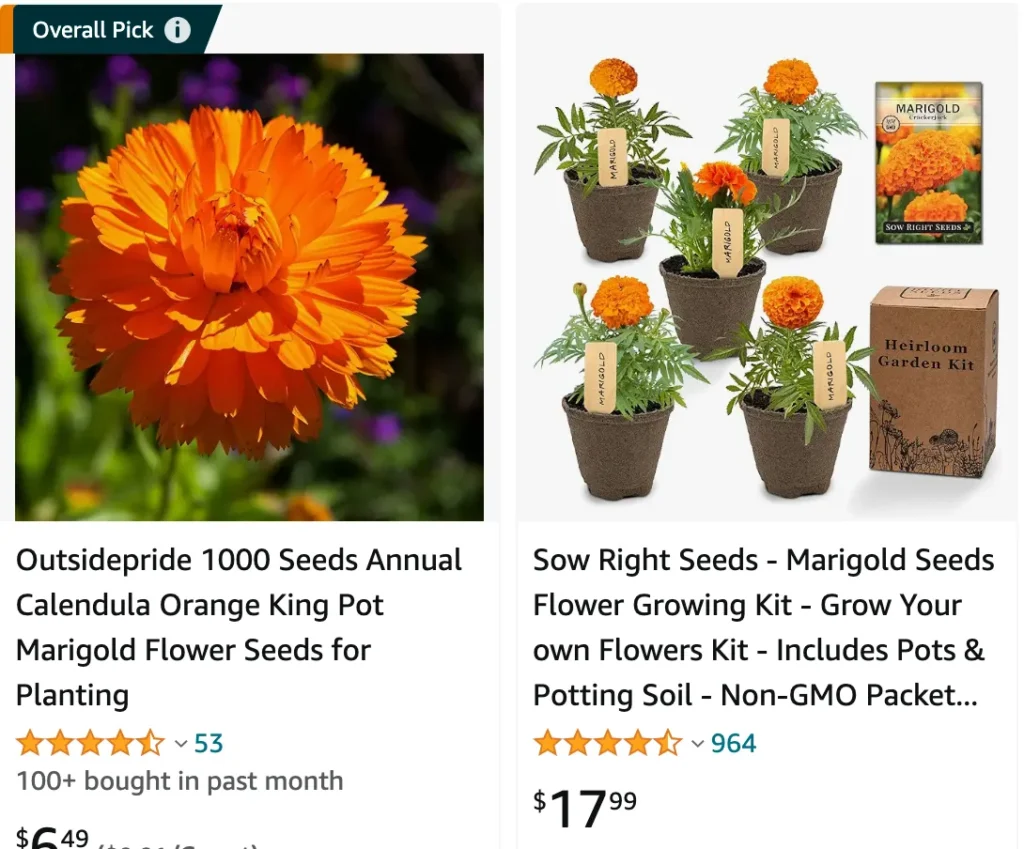
What is Calendula officinalis?
Calendula officinalis, commonly known as pot marigold, is a flowering plant in the daisy family Asteraceae. It is known for its bright orange or yellow flowers and is often used for ornamental purposes, as well as in herbal medicine and skincare products.
16 Species in Genus Calendula
How to grow Calendula officinalis?
To grow Calendula officinalis:
- Location: Choose a sunny spot with well-draining soil.
- Soil: It thrives in moderately fertile soil but is adaptable to poor soils.
- Planting: Sow seeds directly in the garden in early spring, or start indoors 6-8 weeks before the last frost. Plant seeds 1/4 inch deep and thin seedlings to 8-12 inches apart.
- Watering: Water regularly to keep the soil moist but not waterlogged.
- Maintenance: Deadhead spent flowers to encourage continuous blooming. Calendula is generally low-maintenance and can tolerate some neglect.
What is Calendula officinalis used for?
Calendula officinalis is used for:
- Medicinal purposes: Its flowers are used to make ointments, teas, and tinctures for their anti-inflammatory, antiseptic, and healing properties. It is often used to treat skin conditions like cuts, burns, rashes, and eczema.
- Culinary uses: Petals can be used as a garnish or in salads.
- Cosmetic purposes: Included in lotions, creams, and balms for its soothing effects on the skin.
Where to buy Calendula officinalis?
Calendula officinalis seeds and plants can be bought from:
- Online retailers: Websites like Amazon, Etsy, and specialized garden stores.
- Local nurseries and garden centers: These often carry seeds and plants in the spring and summer.
- Health food stores: Some stores that focus on herbal and natural products may also carry calendula seeds or dried flowers.
Are Calendula officinalis leaves edible?
Yes, the leaves of Calendula officinalis are edible, though they are not as commonly used as the petals. They can be added to salads or used as a garnish.
Are Calendula officinalis self-seeding?
Yes, Calendula officinalis is a self-seeding annual. If allowed to go to seed, the plant can reseed itself and return the following year.
Can horses have Calendula officinalis?
Yes, horses can have Calendula officinalis. It is often used as a herbal remedy for horses, particularly for its anti-inflammatory and wound-healing properties.
How to make Calendula officinalis flower extract?
To make Calendula officinalis flower extract:
- Harvest: Pick fresh calendula flowers and allow them to dry in a cool, dark place.
- Infuse: Place the dried flowers in a jar and cover them with a carrier oil (like olive or jojoba oil). Ensure the flowers are fully submerged.
- Steep: Seal the jar and let it sit in a warm, sunny spot for 4-6 weeks, shaking it occasionally.
- Strain: After the infusion period, strain the flowers from the oil using a cheesecloth or fine mesh strainer.
- Store: Store the infused oil in a dark glass bottle in a cool place.
Is Calendula officinalis a perennial?
Calendula officinalis is typically grown as an annual, but in mild climates, it can sometimes behave as a short-lived perennial.
Is Calendula officinalis edible?
Yes, Calendula officinalis is edible. Both the petals and leaves can be used in culinary dishes. The petals are often used to add color and a slightly peppery flavor to salads, soups, and stews.
Is Calendula officinalis poisonous to cats?
Calendula officinalis is not considered toxic to cats. However, as with any plant, it’s best to monitor your pets and ensure they do not consume large quantities, which could potentially lead to digestive upset.
If i die, water my plants!
